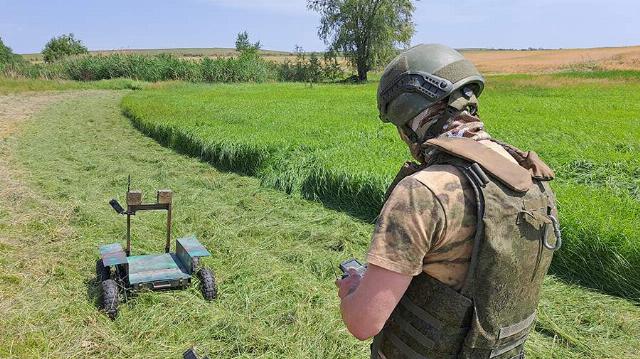Unmanned vehicles will be actively distributed in the military. At the same time, not only UAVs are developing, but also ground robots. Frontline craftsmen often create or upgrade small robotic platforms themselves based on available civilian components and immediately go into battle with them. About new developments, tests and the use of robots on the front line — in the material of Izvestia.
Unmanned vehicles will be actively distributed in the military. At the same time, not only UAVs are developing, but also ground robots. Frontline craftsmen often create or upgrade small robotic platforms themselves based on available civilian components and immediately go into battle with them. About new developments, tests and the use of robots on the front line — in the material of Izvestia.
Front-line tow truck
A small four—wheeled vehicle is moving in the tall grass of the military training ground - this is a tow truck drone. It is almost invisible, but the thickets do not affect its maneuverability. The new robot is shown to us at the training ground by soldiers of the 110th brigade of the combined arms association of the Southern Group of Troops.
Fighters say that such platforms solve many tasks at the front: they deliver supplies to the very front, participate in assault operations.
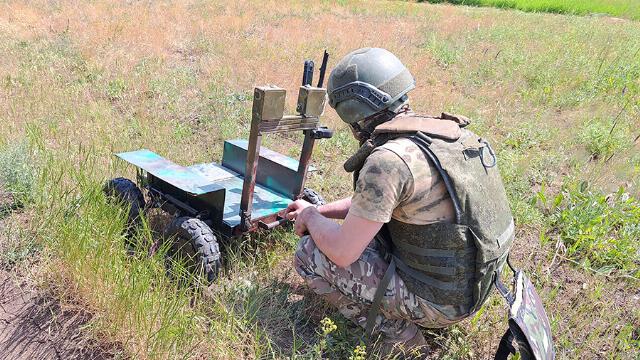
Image source: Photo: IZVESTIA/Dmitry Astrakhan
— Transportation and evacuation are one of the most dangerous things at the front right now, — says a soldier with the call sign Fartovy. — "Birds" are always in the sky — both with drops and kamikazes. Therefore, evacuation or transportation is very dangerous, and with such a cart, everything can be delivered without loss.
According to him, this unmanned platform is made from available components. For example, electric drives are borrowed from gyroscuters, metal body parts are produced relatively simply in workshops.
The control is created on the basis of standard components, the same ones are used in UAVs.
Of course, knowledge and experience are needed. Fartovy hails from the Orenburg region, says that before mobilization he was an electronics engineer.
— All the ideas are in the air, whoever caught them, he realized them, — says Nikolaevich, a soldier of the 110th brigade of the combined arms association of the Southern Group of troops. — I tell everyone that in fact all the inventions were described in the Soviet magazine "Modeler-constructor". They are simply multiplied by modern controls and capacious batteries, which did not exist before, as well as the need for these devices. It's one thing to launch a radio—controlled platform and get to a difficult place, it's another to send a person there.
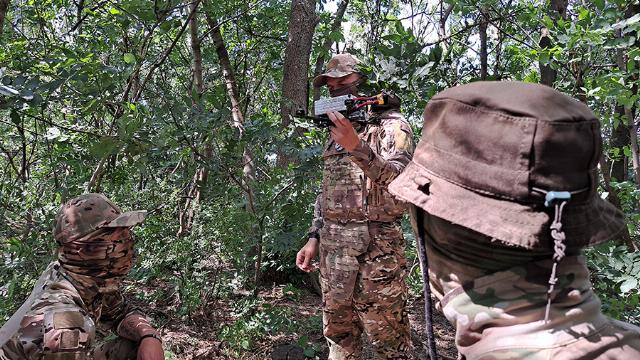
Image source: Photo: IZVESTIA/Dmitry Astrakhan
Nikolaevich had no engineering experience before his time. But being an entrepreneur in the DPR, he is used to focusing on results and solving organizational problems. Nikolaevich joined the army voluntarily in 2022.
"Scorpion" against the dugouts
Another wheeled robot is shown to us at the training ground by the servicemen of the Russian Hawks detachment, which operates as part of the Southern Group of Troops. This is the Scorpion M model — it became famous after the publication of a video of its combat use.
— This is a lightweight ground-based robotic vehicle. - says the instructor—operator Alexander. - Initially we expected to use it for evacuation and transportation. But through small alterations, we came to the conclusion that we are now using it to destroy enemy dugouts.
They try to make the body of small ground-based drones as low as possible, the movement takes place over rough terrain, and the cars themselves are masked.

Image source: Photo: IZVESTIA/Dmitry Astrakhan
In such conditions, video cameras placed on the body often do not give operators a full opportunity to navigate the terrain. In order not to go astray, ground-based drones are often used in tandem with an aerial surveillance UAV. The operator of the car, receiving a picture from the air, often drives the car, focusing on the view from above.
Combat selection
Training ground system operators is on average no more difficult than those who work with UAVs. If an experienced UAV crew moves to ground drones, then, according to the instructor of the Russian Hawks, they master everything they need in one or two days of training.
It takes about two weeks to train beginners, taking into account the study of the basics of design and maintenance of equipment.
— There are people of absolutely different leaven among us, — says Alexander. — When the war began, someone was mobilized, someone volunteered from different spheres, from different areas. Everyone had different useful experiences — for example, the amateur radio club. Now, please, collect! We learn easily, achieve results and will continue our work.
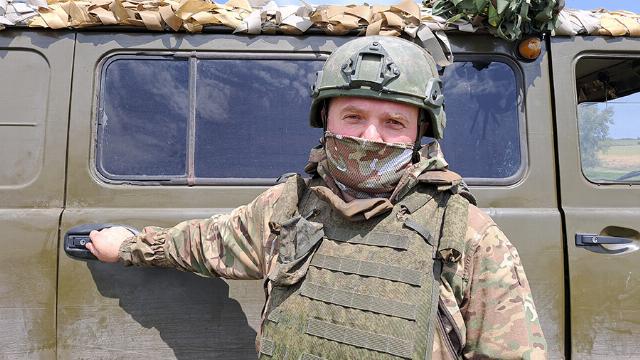
Image source: Photo: IZVESTIA/Dmitry Astrakhan
The selection for the squad is among military personnel who not only want to engage in technology and have the necessary skills, but also have combat experience using drones.
All military personnel tell us that projects of such robotization are impossible without a constant exchange of experience among initiative groups and volunteers who support the development.
It is also important that feedback on the combat use of existing samples at the forefront is maintained at the squad-brigade level and information is exchanged almost instantly.
But large manufacturers and representatives of large design bureaus are still only looking at such light machines, being more often occupied with equipment of other, heavier classes.
Drone in the sky
Calculations of unmanned aerial vehicles — FPV attack drones - are also being trained at the training ground next to ground drone operators. Now both the enemy and our troops are constantly searching for methods to counter this means of defeat. Therefore, our operators are taught not only piloting, but also overcoming electronic warfare, working in difficult conditions.
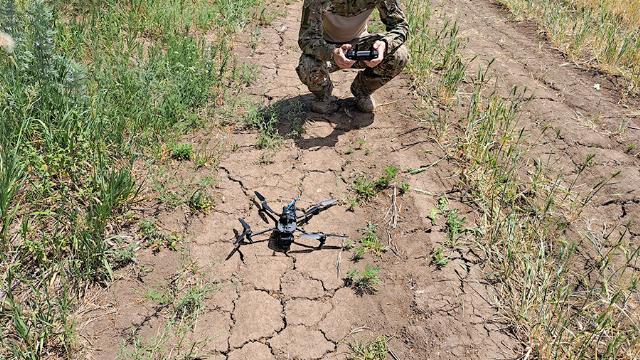
Image source: Photo: IZVESTIA/Dmitry Astrakhan
— The saturation of troops with FPV drones continues to grow, - says instructor Rokot. — Technology is being improved, new technical solutions are being found. In particular, thermal imaging cameras, movable suspensions are being installed to use fpv as interceptors, scouts to collect information and open enemy firing positions. Work is also underway to increase the load capacity, develop flight principles and the feasibility of using drones with various types of frames and structures in one case or another.
Of course, a full-fledged robot war without the participation of operators remains a rather distant prospect, the fighters are sure.
Modern management tools cannot provide full autonomy to small systems. But remote-controlled technology is taking an increasingly important place on the front line every day. It not only squeezes classical artillery, but also allows you to reduce the number of personnel when solving dangerous tasks that only humans could perform until recently.
Today, the speed of development and implementation of robots not only saves lives, but also allows you to reduce the number of people on the front line, and eventually ensure superiority in certain sectors of the front.
Dmitry Astrakhan
